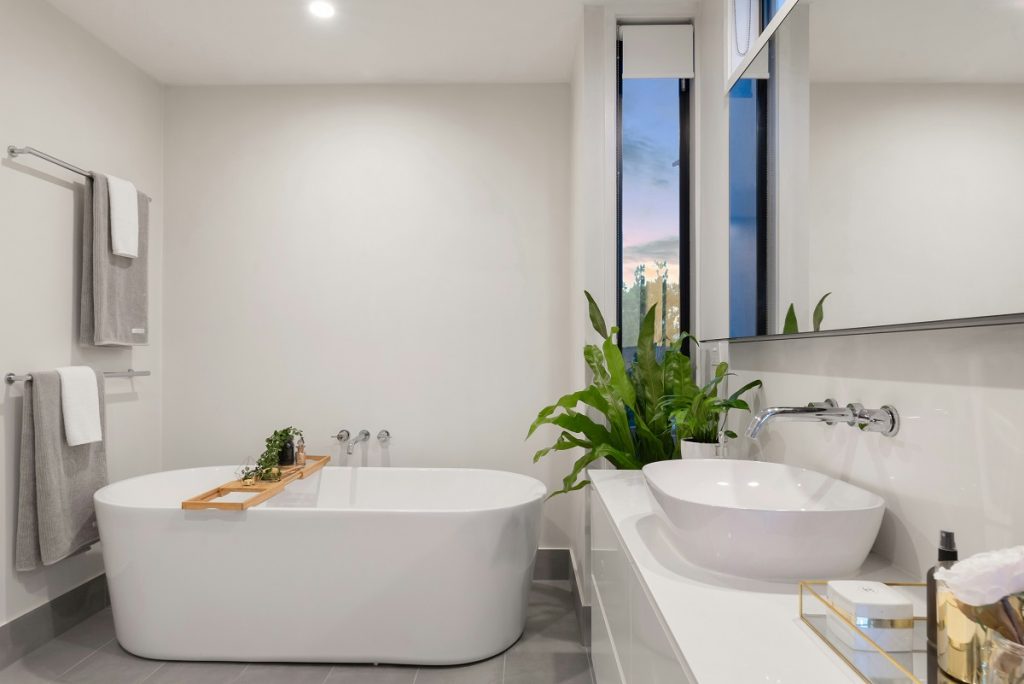Bathroom Waterproofing Tips

Waterproofing bathroom floors is crucial to prevent water damage, mold growth, and structural issues. Here’s a step-by-step guide on how to waterproof bathroom floors:
- Prepare the Surface: Ensure the subfloor is clean, dry, and free of any debris or contaminants. Repair any cracks or damage to the subfloor before proceeding.
- Choose Waterproofing Products: Select appropriate waterproofing materials based on the type of flooring you have. Common options include waterproofing membranes, waterproofing sealants, or waterproofing compounds.
- Apply Waterproofing Membrane: If you’re using a waterproofing membrane, follow the manufacturer’s instructions for application. Typically, you’ll use a paintbrush, roller, or trowel to apply the membrane evenly over the entire surface of the floor. Pay extra attention to seams, corners, and areas around drains or fixtures.
- Seal Joints and Gaps: Use waterproofing sealant or caulk to seal joints, seams, and gaps between the floor and walls, as well as around fixtures and drains. This helps prevent water from seeping into these vulnerable areas.
- Install Waterproof Flooring: If you’re installing new flooring, choose waterproof materials such as ceramic or porcelain tiles, vinyl plank flooring, or sheet vinyl. Ensure proper installation according to the manufacturer’s guidelines, including using waterproof adhesives and grouts.
- Grout Sealing (for Tile Floors): If you have tile floors, apply a penetrating grout sealer to protect the grout lines from water penetration and mold growth. Follow the manufacturer’s instructions for application and reapplication as needed.
- Ensure Proper Slope and Drainage: Ensure that the bathroom floor has a proper slope towards the drain to facilitate water drainage. Use a level to check the slope and make any necessary adjustments before waterproofing.
- Allow Sufficient Drying Time: Allow the waterproofing materials to dry completely before allowing any water exposure. Follow the recommended drying time provided by the manufacturer.
- Regular Maintenance: Regularly inspect the waterproofing materials and flooring for any signs of damage or wear. Repair any damaged areas promptly to maintain the effectiveness of the waterproofing.
By following these steps and using appropriate waterproofing materials, you can effectively waterproof your bathroom floors and protect them from water damage for years to come. If you’re unsure about any aspect of the waterproofing process, consider consulting with a professional contractor or waterproofing specialist for guidance.
